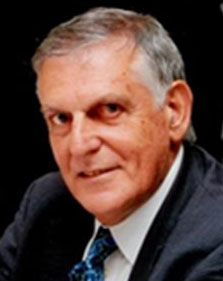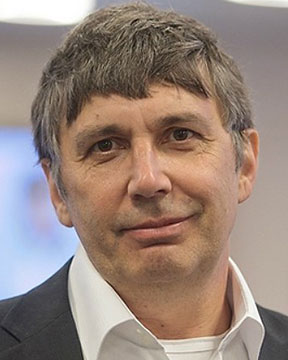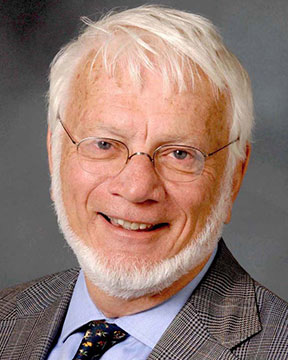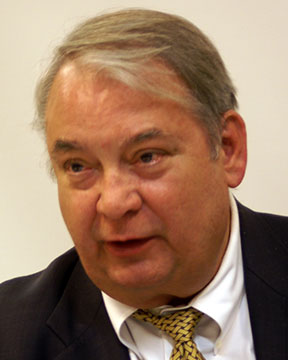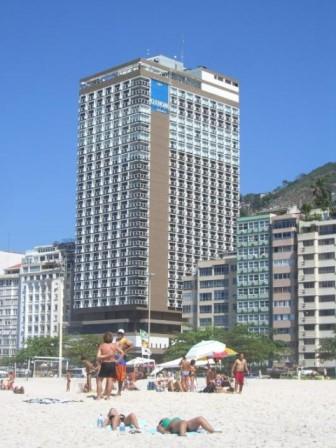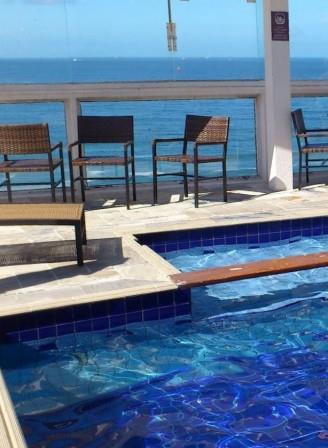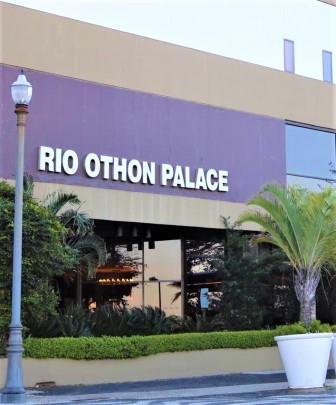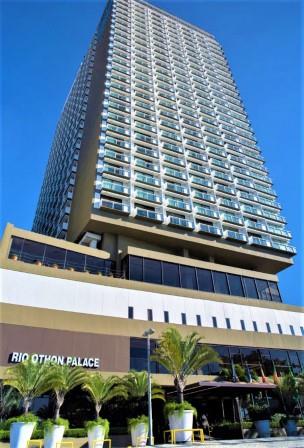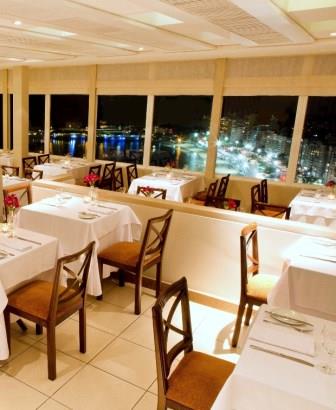ORALS
SESSION: SISAMMonPM1-R5
Current Intelligent Sustainable Advanced Materials like Graphene, CNTs, High Entropy Alloys | Zehetbauer International Symposium on Science of Intelligent and Sustainable Advanced Materials (4th Intl. Symp. on Science of Intelligent and Sustainable Advanced Materials (SISAM)) |
| Mon Nov, 5 2018 / Room: Copacabana A (150/1st) | |
| Session Chairs: Yuntian Zhu; Session Monitor: TBA |
14:25: [SISAMMonPM106] Invited
Diffusive and Displacive Phase Transformations Driven by High Pressure Torsion Boris
Straumal1 ; Askar
Kilmametov
2 ; Olga
Kogtenkova
3 ; Andrey
Mazilkin
2 ; Brigitte
Baretzky
2 ;
1Institute of Solid State Physics RAS, Chernogolovka, Russian Federation;
2Karlsruhe Institute of Technology (KIT), Eggenstein-Leopoldshafen, Germany;
3Institute of Solid State Physics, Chernogolovka, Russian Federation;
Paper Id: 302
[Abstract] The influence of high pressure torsion (HPT) on the diffusive and displacive phase transformations in sustainable advanced materials has been studied. In diluted Cu-based binary alloys the HPT drives the competition between deformation-driven precipitation and dissolution of precipitates. The dynamic equilibrium between these two processes is reached already after 1.5-2 anvil rotations. The composition of Cu-matrix in this equifinal state is equal to that which can be reached in equilibrium after long annealing at a certain temperature T<sub><i>eff</i></sub>. T<sub><i>eff</i></sub> in diluted Cu-based binary alloys increases with increasing activation enthalpy of diffusion of a second component and its melting temperature Tm [1, 2].
In Cu-Al-Ni shape memory alloys, HPT leads to the combination of displacive (austenite-martensite) and diffusive (decomposition of supersaturated solid solution) phase transitions. On the one hand, the HPT of these alloys led to the precipitation of α1-phase in the Al-pure alloy and to the precipitation of γ1-phase in the Al-rich one (as if they were annealed at an effective temperature T<sub><i>eff</i></sub> = 620-20°C). As a result of this precipitation, the matrix in the first alloy was enriched and in the second one depleted in Al. The resultant composition change in the Cu-rich matrix changed also the route for the martensitic transformations. After HPT, both alloys contained mainly β'3 martensite with a certain amount of γ'3 martensite. Thus, the HPT-driven diffusive transformations (precipitation of α1- and γ1-phase) influence the followed displacive (martensitic) transformation [3].
The combination of displacive and diffusive phase transitions has been observed also under HPT of Ti-Fe and Ti-Co alloys [4].
References:
[1] B.B. Straumal, V. Pontikis, A.R. Kilmametov, A.A. Mazilkin, S.V. Dobatkin, B. Baretzky, Acta Mater. 122 (2017) 60-1.
[2] B.B. Straumal, A.R. Kilmametov, A. Korneva, A.A. Mazilkin, P.B. Straumal, P. ZiA�ba, B. Baretzky, J. Alloys Comp. 707 (2017) 20-26.
[3] B.B. Straumal, A.R. Kilmametov, G.A. Lopez, I. Lopez-Ferrero, M.L. No, J. San Juan, H. Hahn, B. Baretzky, Acta Mater. 125 (2017) 274-285.
[4] A. Kilmametov, Yu. Ivanisenko, A.A. Mazilkin, B.B. Straumal, A.S. Gornakova, O.B. Fabrichnaya, M.J. Kriegel, D. Rafaja, H. Hahn, Acta Mater. 144 (2018) 337-351.
SESSION: SISAMTueAM-R5
SPD Nanomaterials | Zehetbauer International Symposium on Science of Intelligent and Sustainable Advanced Materials (4th Intl. Symp. on Science of Intelligent and Sustainable Advanced Materials (SISAM)) |
| Tue Nov, 6 2018 / Room: Copacabana A (150/1st) | |
| Session Chairs: Malgorzata Lewandowska; Boris Straumal; Session Monitor: TBA |
12:35: [SISAMTueAM04]
Effect of Equal Channel Angular Pressing on Structure, Texture, and Mechanical Properties of a Magnesium Alloy Containing Rare Earth Elements Boris
Straumal1 ; Natalia
Martynenko
2 ; Elena
Lukyanova
2 ; Georgy
Raab
3 ; Sergey
Dobatkin
2 ; Yuri
Estrin
4 ;
1Institute of Solid State Physics RAS, Chernogolovka, Russian Federation;
2National University of Science and Technology MISiS, Moscow, Russian Federation;
3UGATU, Ufa, Russian Federation;
4Monash University, Centre for Advanced Hybrid Materials, Clayton, Australia;
Paper Id: 309
[Abstract] Magnesium is a promising material for medical applications [1-2], owing to its good biocompatibility. Its high corrosion rate makes it suitable for bioresorbable implants, but it needs to be reduced to match the rate of healing. Addition of Rare Earth (RE) elements promotes the corrosion resistance and strength of Mg, but is usually insufficient. Therefore, the treatment of magnesium alloys by severe plastic deformation, which raises strength and sometimes also the corrosion resistance, seems promising. In this work, a magnesium alloy containing RE elements was processed by equal channel angular pressing (ECAP) in two regimes. Route Bc ECAP was carried with a step-wise decrease in temperature. In the first regime, the temperature was dropped to 350°C after 6 passes at 400°C and further 6 passes were conducted. In the second regime, the temperature was decreased from 425 to 300°C in 25°C decrements, 2 passes being carried out at each temperature. Investigation of the microstructure of the alloy showed that after the ECAP an ultrafine-grained structure with an average grain size of 1.00-0.14 μm and 0.69-0.13 μm for the first and second regimes, respectively. This is to be compared with the average grain size of 70 μm in the initial state. In addition, particles of Mg<sub>41</sub>Nd<sub>5</sub> phase with an average size of 0.41-0.18 μm and 0.45-0.18 μm were observed for these regimes. The grain refinement achieved was shown to lead to an improvement of mechanical properties. The values of the yield strength, YS=150MPa, the ultimate tensile strength, UTS=220MPa, and the tensile elongation, EL=10.5%, rose to YS=180MPa, UTS=250MPa, and EL=7% and YS=260MPa, UTS=300MPa, and EL=13.2% for the first and the second regimes, respectively. The best combination of properties for the second ECAP regime can be explained by the formation of a sharp prismatic texture, on top of a smaller grain size, as distinct from an inclined basal texture formed after the ECAP by the first regime.
References:
[1] S. Virtanen, Mater. Sci. Eng. B. 176 (2011) 1600-1608.
[2] M. Niinomi, M. Nakai, J. Hieda, Acta Biomater. 8 (2012) 3888-3903.
13:00 LUNCH


